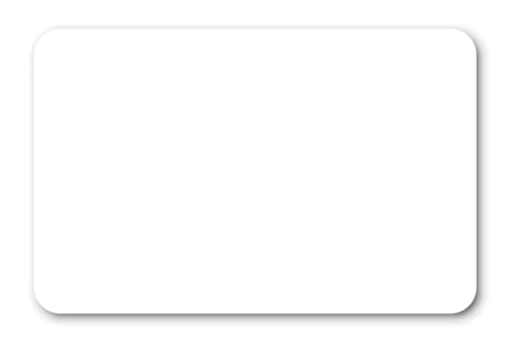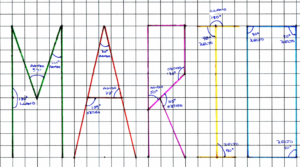You caught a beauty!!!
Download PDF of scaffold here.
theory behind scaffold…
For many students, math class is equivalent to a walk into a Halloween house of horrors! If you have students who are more linguistic, more in touch with Humanities, m………………………………….
For a maths teacher or students who are passionate about numbers, …………………………………….How can you feel so indifferent to educating yourself about such a fascinating and useful branch of study?
………………………………………………….Jo Boaler is a master of this. She has dedicated her career to helping students of all ages see mathematics as more accessible, more flexible. Maths for Jo Boaler is not a determined book of problems and correct answers. It’s about communication, discovery, experimentation and communication.
One simple way she suggests to encourage our students to let down their guard and find a way to embrace to numbers, is by ……………………………
…………………………………….those who succeed and those who don’t is not the brains they were born with, but their approach to life, the messages they receive about their potential, and the opportunities they have to learn. Let’s help give our students growth mentality in math classes’*.
Some maths lessons promote creativity and the malleability possible in the subject. This scaffold is inspired by suggestions for teaching angles in Runde’s Room. You’ll need …………………………….
Step by Step…
There are three parts to this scaffold. To do all three, print out and cut up Templates A, B and C (or give the templates to your students and let them cut them up).
Part 1:
a) Give each student Template A. Students glue one of the arrows to the page and then attach the other with brass fasteners.
b) Write 10 angles on the board and using …………………………………………………………………
c) In pairs, they then move the arrows …………………………………………..
Part 2:

Part 3:
a) Give students Template C.
b) Students write their names in the graph, choose ……………………………………… (Example below.)


Scaffoldingmagic.com is your entryway into DYNAMIC bilingual learning methodologies, such as Phenomenon-Based Learning, CLIL, EMI, and ESL. You’ll find ways to implement critical thinking tools (DOK) to promote higher level thinking, the growth mindset, instill an ethic of excellence, deep reflection on learning, and all through multi-cultural, interdisciplinary activities. We have the keys to turning competences into action and to creating collective efficacy in your school so you move ahead as a unified, enthusiastic team.


